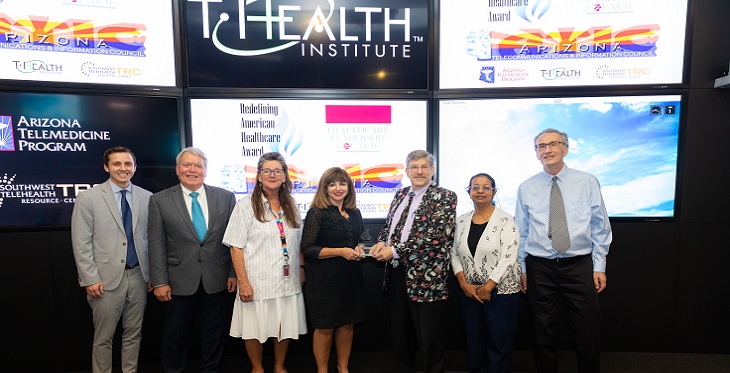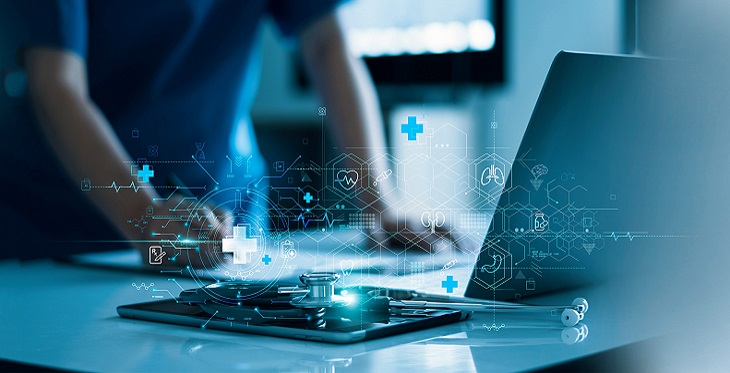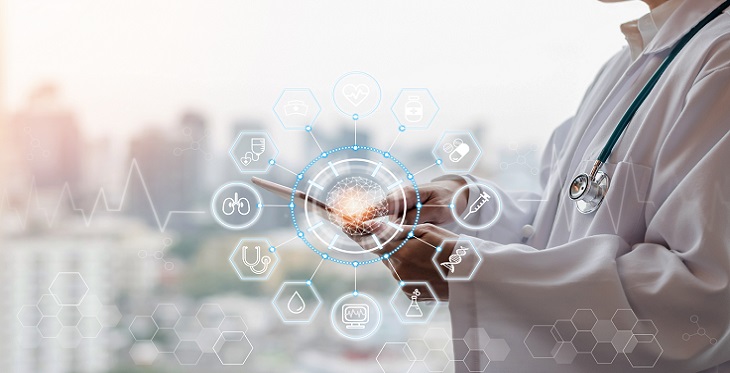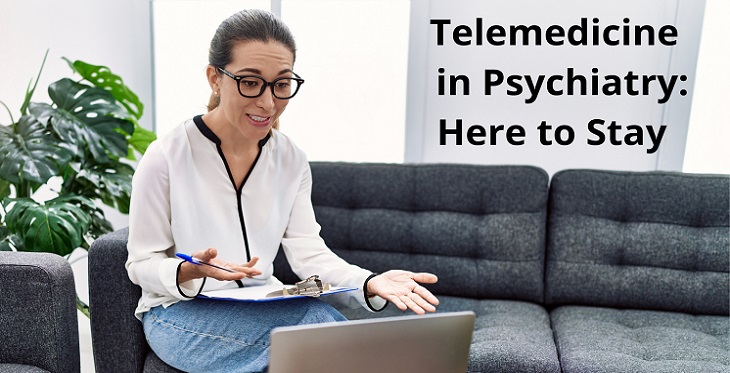Who are we?
AZCOVIDTXT was created at the start of the COVID-19 pandemic by a few professors at the University of Arizona in order to address the growing need for accurate and up-to-date information about the constantly changing policies and advice around how to deal with the disease. From then until today, the project has provided timely information about the pandemic to over 3700 users around Pima County via sms text messages. In collaboration with the Arizona Center for Rural Health, as a component of the AHEAD AZ grant, AZCOVIDTXT was adapted into AZCOVIDTXT-RH. AZCOVIDTXT-RH is a bilingual, two-way texting system designed to provide and gather health information to and from users in order to distribute timely, expert-curated information to promote the resilience of our health systems and communities in rural areas of Arizona. The team who founded and implements the program is comprised of staff, faculty, and students across multiple University of Arizona colleges, including the College of Public Health, Communications, Medicine, Linguistics, and more.




